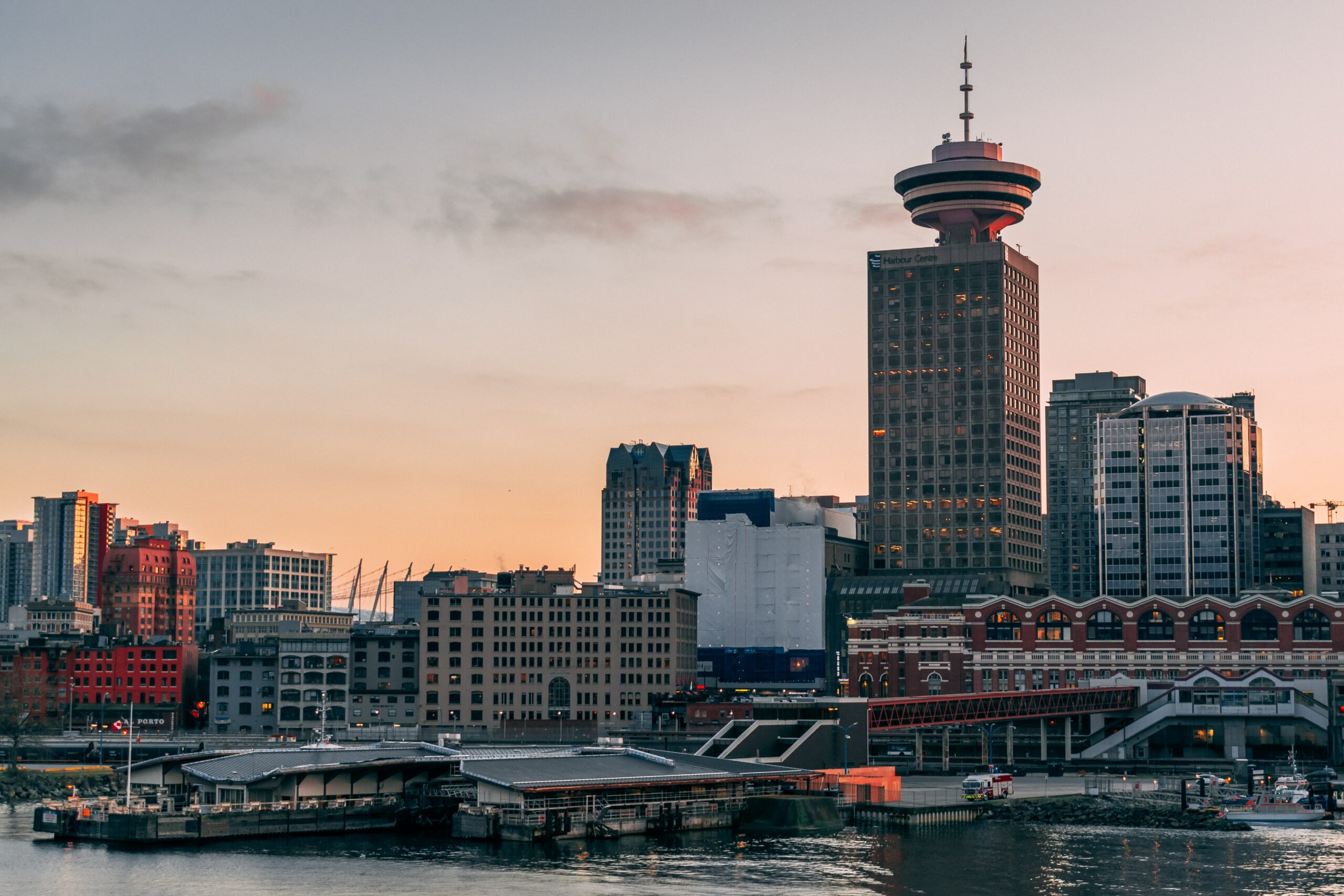by Maya Beninteso, Peak Associate
For the past two years, BC has been plagued by the COVID-19 pandemic that has resulted in thousands of deaths. However, there are numbers we don’t see often: those of overdose-related deaths.
In a faculty lecture hosted by SFU Public Square, Harm Reduction in an Unprecedented Overdose Crisis, Dr. Kanna Hayashi said we are in one of the worst public health crises ever.
Dr. Hayashi said overdose deaths have been the leading cause of unnatural death since 2016. In April 2016, the overdose crisis in BC was officially recognized for what it is: a public health emergency. A whopping 993 people died due to a drug overdose that year, but the declaration did not stop the crisis from escalating. Nearly six years later, things have only gotten worse. In 2021, a suspected 2,224 people died due to a drug overdose, more than double the number of people who died in 2016. Dr. Hayashi broke down that figure and added that, in 2021, six people died every day. It’s important to remember these numbers are not mere figures, they are people. Despite public health officials declaring the overdose crisis an emergency, they have yet to treat it as such.
There is one method that has been used to tackle this crisis: harm reduction. Harm reduction techniques aim to provide individuals with safer means to engage in certain behaviours like consuming alcohol or drugs without completely abstaining from them. One of the most prevalent types of harm reduction is providing clean needles and a safe drug supply.
Vancouver is renowned for its harm reduction practices — it’s the location of North America’s first safe injection site. Vancouver’s mayor at the time, the late Philip Owen, advocated for harm reduction practices to be used and was successful in establishing this safe injection site. It was opened in the Downtown Eastside in 2003 in response to two ongoing epidemics at the time: drug overdoses and HIV.
Drug overdoses and HIV have been happening since the mid 90s. It appears Vancouver is not just known for its harm reduction practices, but maybe better known for its slow public health response time.
September 2020 saw a steep increase in overdose-related deaths. Attempting to address the concern, Dr. Bonnie Henry issued an order that provided doctors and healthcare professionals the power to prescribe safer alternatives than the current street supply of drugs. Although there were high hopes for Dr. Henry’s order, there was still a 26% increase in overdose-related deaths from 2020 to 2021. So what happened to slowing BC’s overdose crisis?
Although efforts from the community and government have been present, there are visible gaps that need to be addressed. Addressing the issue goes far beyond clean needles and providing more healthcare professionals with the ability to prescribe medication. While helpful, these are only band-aid solutions to a bullet-wound of a problem.
For one, therapy and addiction services are limited and can be extremely costly. For example, someone who is seeking a rehab facility for their substance use may opt to get treated in a government-funded or a private facility. Since government facilities typically have limited funding, they also have limited beds, less staff, reduced patient care, and short programs. This is not ideal for recovery since shorter rehab programs have been proven to have a lower success rate than longer ones.
If you want a program that has a higher success rate, with better patient care and more resources, it will come at a price of up to $60,000. If addiction services were free, it would remove a significant barrier to accessing help.
Another way to combat the overdose crisis is education for youth and the greater community — especially when discussing the social and structural stigma associated with drug use. By educating individuals, we may warn them of the current toxic supply and increase awareness for the dangers thereof. This knowledge is necessary to combat stigma. What people fail to recognize is stigma is harmful in many ways and it can prevent someone from seeking treatment out of fear of judgment. Educating individuals on what it means to grapple with addiction, and informing them of the current overdose crisis, may greatly reduce the stigma felt by those who want to seek treatment.
Whether due to the stigmatization of drug use, or some other bias, at the end of the day, people are dying. The truth is, the problem will persist without intervention and more needs to be done to address the overdose crisis. We need free and accessible mental health and addiction services. We need education to reduce stigma. What we don’t need is to roll into 2023 with another BC Coroners Service report stating there has been yet another dramatic increase in overdose-related deaths.
On March 9, 2022, the BC Coroners Service released its second death panel report on toxic drug deaths and has called for a “rapid expansion of safe supply within two months.” They have recommended the province move to a non-prescriber model for safe drug supply by May 9, develop a 30/60/90 day plan to achieve this, and develop a plan for a better care system regarding substance use. These steps are important in the fight against the overdose crisis.
It’s been six years since the beginning of this public health crisis — when will the government treat it as such?




